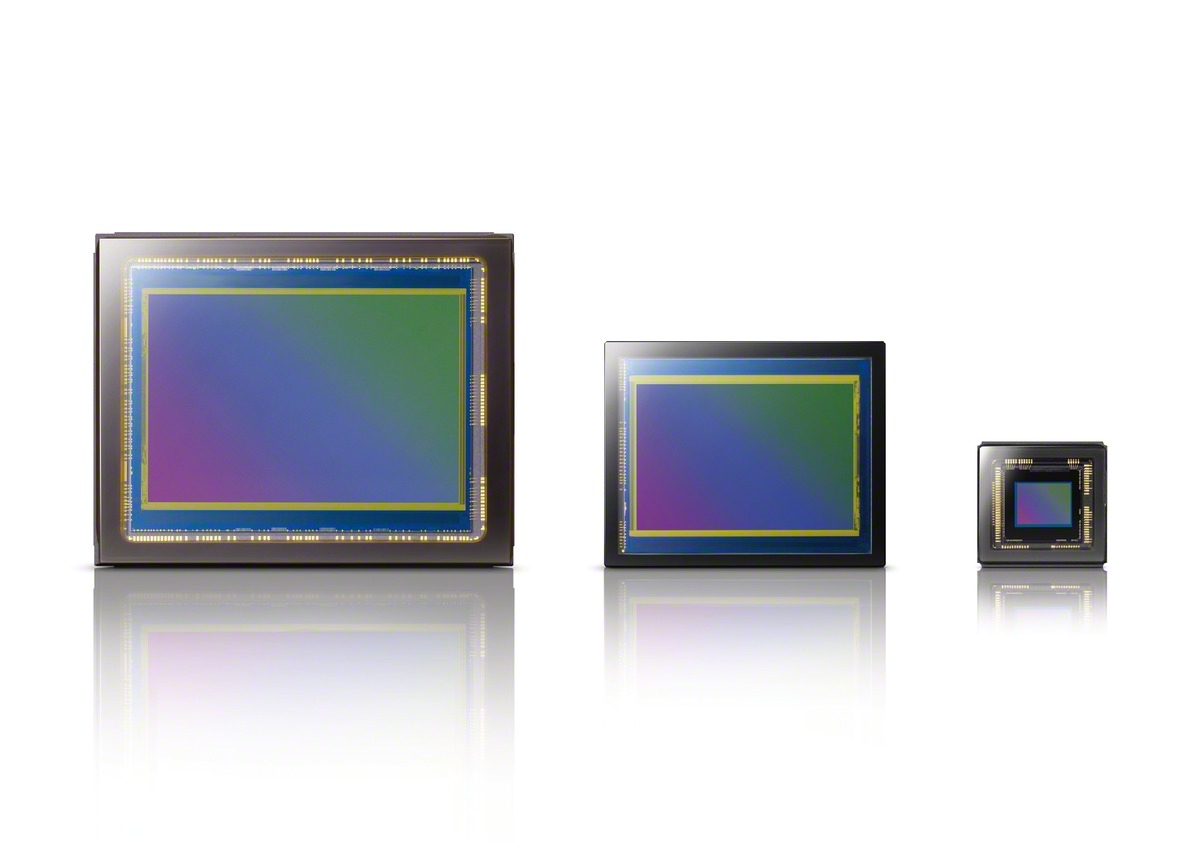Last Updated on 05/02/2018 by Mark Beckenbach
Take the time to learn the nitty gritty details of how your camera’s sensor works
So, you’ve been a photographer long enough to know the difference between an APS-C sensor and a full-frame sensor, and therefore make an expert preference. You can even tell the difference between a CMOS and a CCD sensor. But, do you really, really know how you camera’s sensor does its thing? If you’re curious about what happens at the quantum level, we’ve got just the right stuff for you.
Will it help you become a better photographer or make better decisions about your gear choices? Most likely not. But if you’re interested about the science behind it at the very least, we say it’s worth watching John Hess of Filmmaker IQ explain how digital sensors work — technical descriptions and all — in the video below.
The lesson begins with the magic of photographic emulsions — which in itself is an interesting topic given the resurgence of film photography. For those who are just discovering film and may be wondering why it should be mentioned in a lesson about digital sensors, John explains it’s, “in many ways actually an analog to the processes underlying digital.” Yes, that’s why it’s also often referred to as analog photography.
After learning that silver halide is the key chemical behind photographic film, we find out that its counterpart in digital is the element Silicon, a semiconductor. This is where everything begins to transition into the heavier, science-y stuff — from how the photodiode converts light into an electrical current, all the way to the inner workings, key differences, advantages, and disadvantages of CCD and CMOS sensors.
So, are you feeling smarter about photography now? Not yet? That’s fine, it’s something that deserves another go (or maybe ten). Found it intellectually stimulating? Might as well dive into the science behind exposure and metering or even the space physics in your camera!


